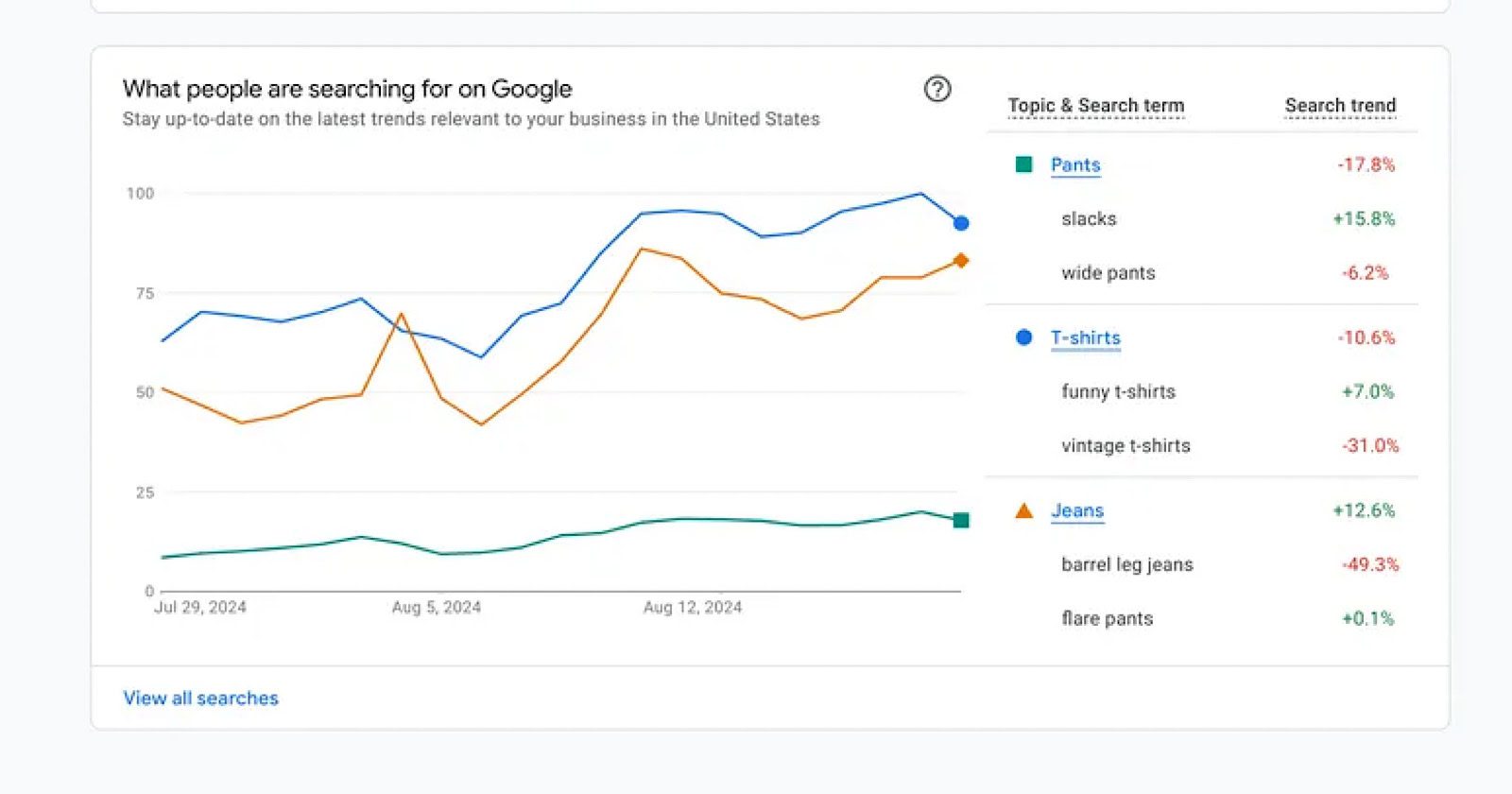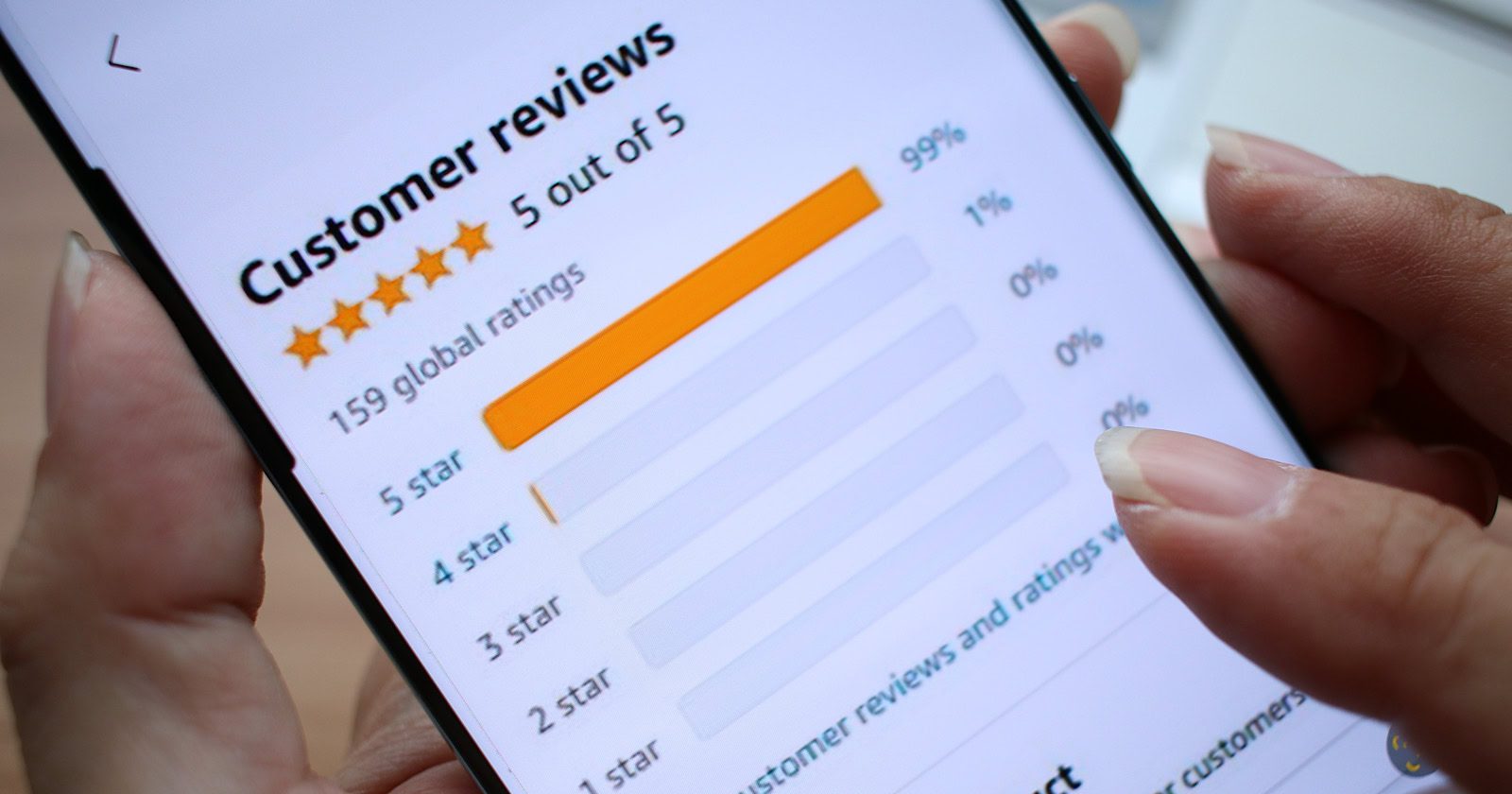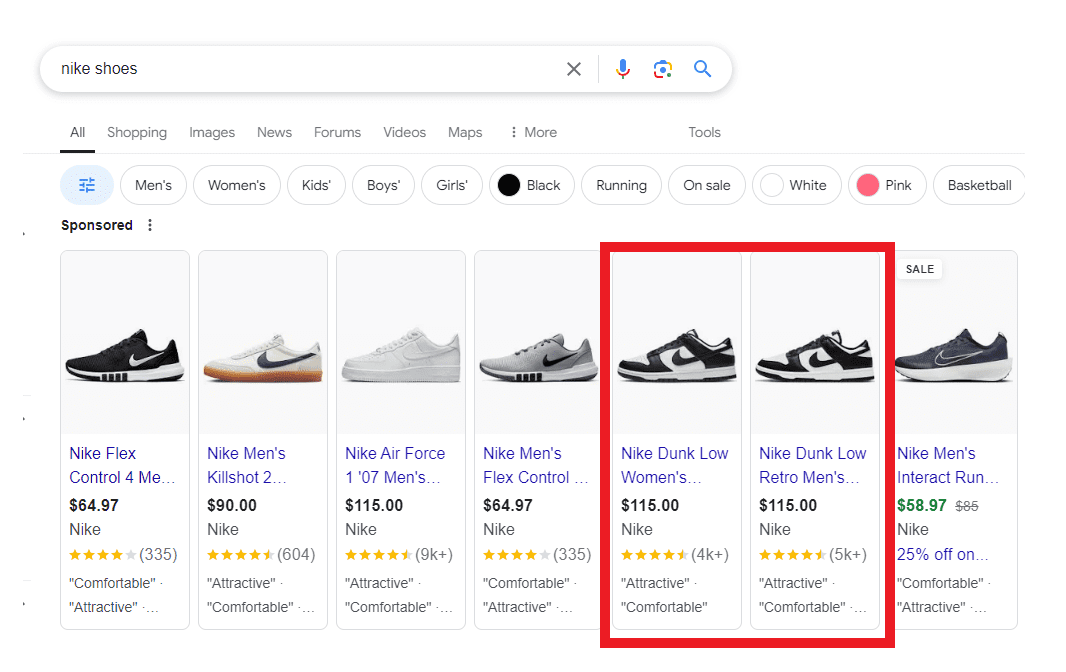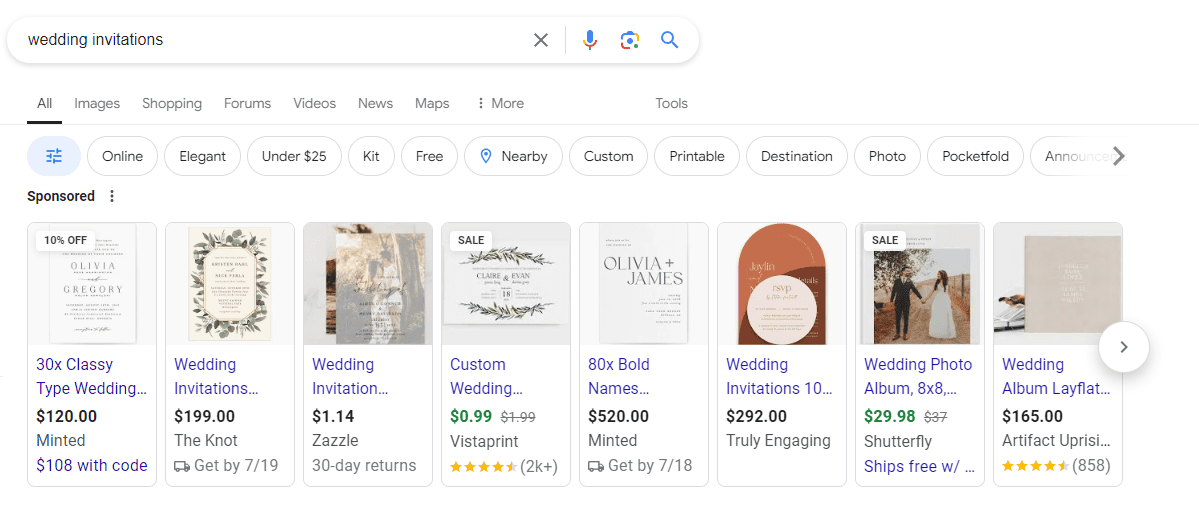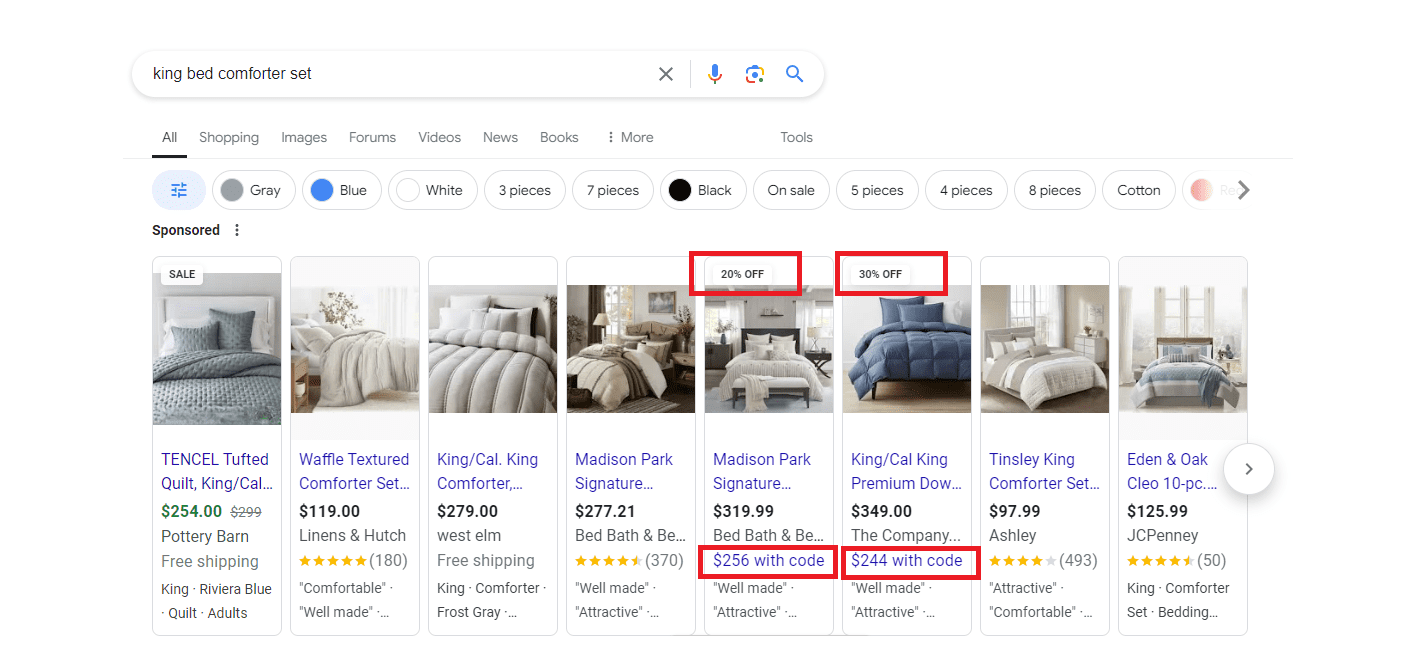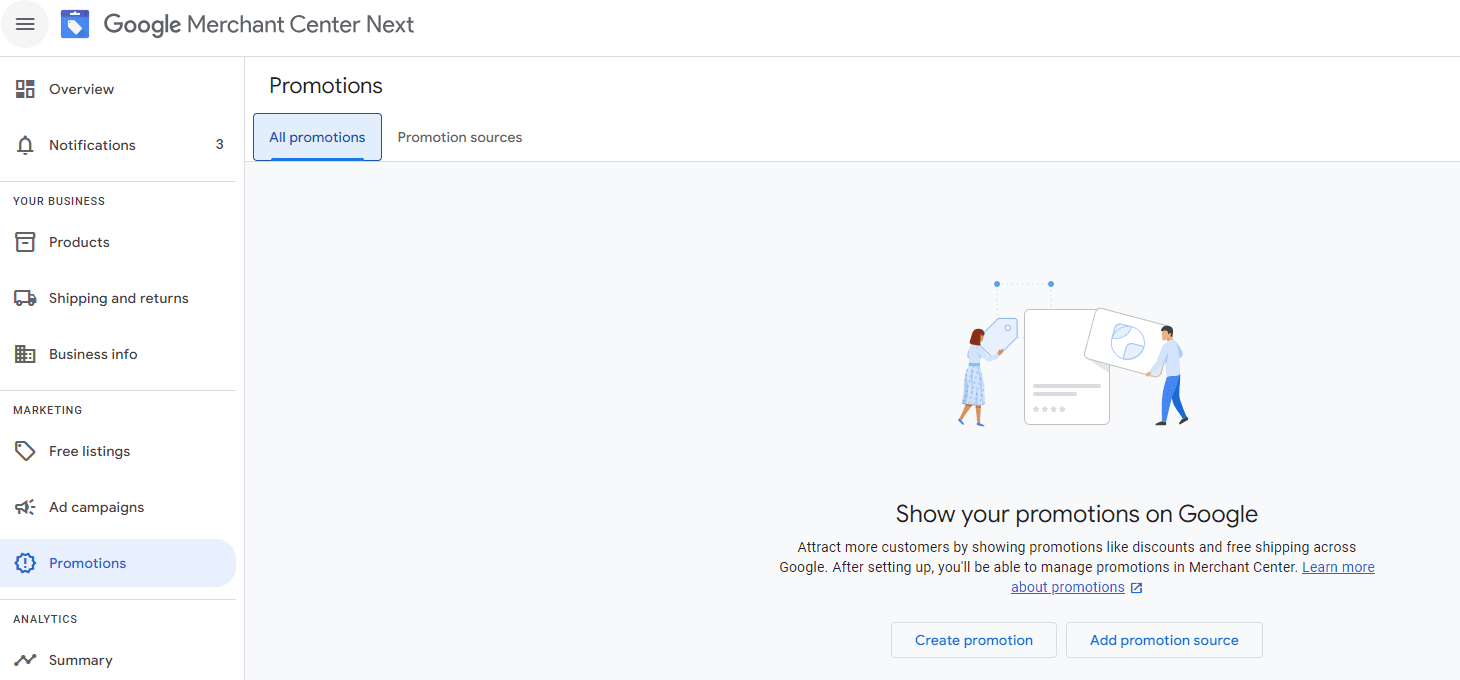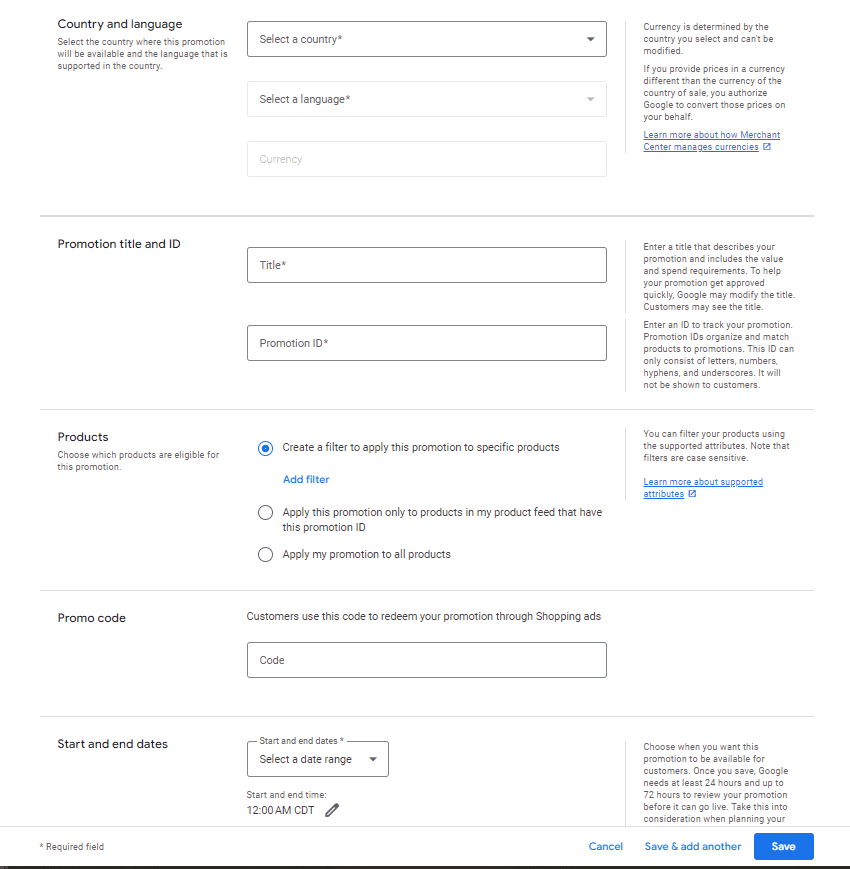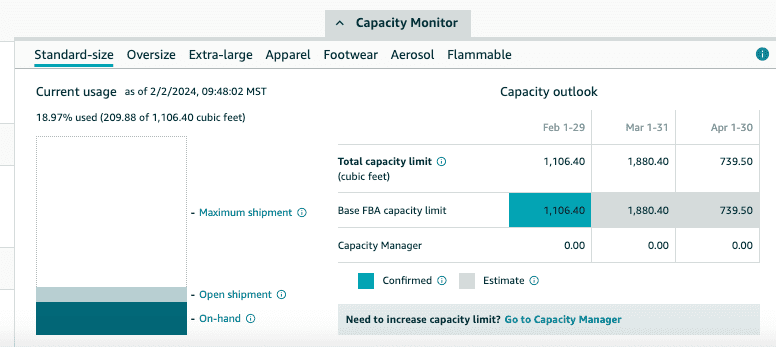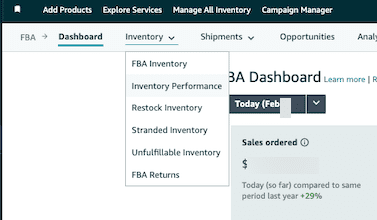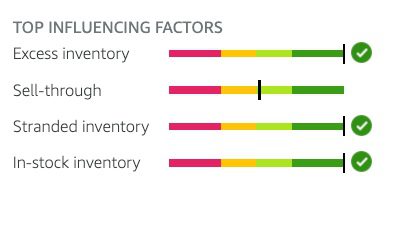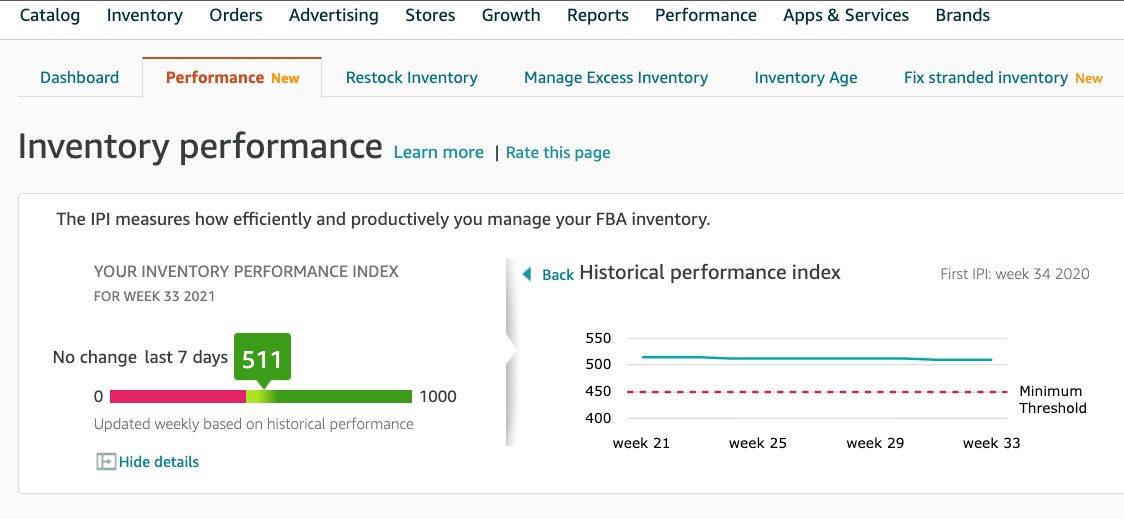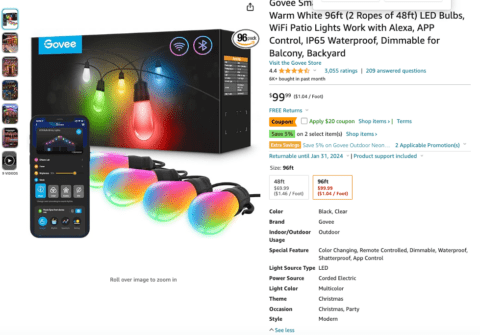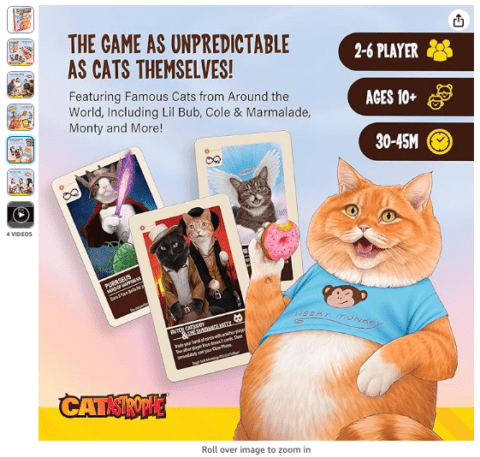How To Consider The 4 Ps Of Marketing In Ecommerce & Paid Media via @sejournal, @MenachemAni

The 4 Ps of marketing. Marketing mix. Marketing fundamentals.
Whatever you call them, these elements determine your luck at the high-stakes table of e-commerce:
- Product.
- Price.
- Place.
- Promotion.
Get these right, and you’ll create a loyal fanbase that you can count on for repeat orders, high lifetime value, and customer advocacy.
Neglect or miscalculate them, and they’ll derail your entire process, have an adverse effect on revenue and margin, and allow competitors to overtake you.
Here’s how to consider each of these principles in the context of ecommerce and paid media.
Product
As in every business, your product is fundamental to ecommerce success. Even the most amazing marketing campaigns can’t compensate for a broken product or lack of product-market fit.
Think of brands that cycle through many advertising agencies over the course of a year.
Chances are they tend to blame poor planning, subpar campaign execution, or some other deficiency common to all those agencies. The most likely solution is that their product just doesn’t resonate with consumers.
Statistically, it’s extremely unlikely for a brand to go through multiple agencies and for all of them to be poor at their craft. When this does happen, it’s usually the agency evaluation process that needs work.
There’s a reason marketers talk about product-market fit over and over.
A product that solves a problem and marketing that puts it in front of the right people are core fundamentals and work like gears in a complex system. Take one out, and the whole process will grind to a halt.
Pricing
Pricing is such an intrinsic part of ecommerce and paid media in general.
If you think people who see your ad aren’t also searching for competitors and doing comparison shopping, your performance numbers will confirm otherwise.
So before you start chasing clicks or even setting budgets, your merchandising play needs to be as accurate as possible.
Consider both absolute pricing and competitiveness to make sure that your product is positioned where you want it to be while still capable of being profitable against your manufacturing and procurement processes.
Google Merchant Center has a price benchmarks feature. It looks at your product feed and shows you how your products compare to other products, brands, and categories of similar natures.
This is highly useful data that can help determine if you’ve priced your products correctly or whether they even fit in the market.
The last thing you want to do is spend thousands on ads only to realize that you got too ambitious or too conservative with your margin.
Additionally, once you’ve started running a campaign in Google Ads, auction insights allow you to see which brands are coming up against you in Search and Shopping auctions.
Use this data to see how your pricing compares to theirs, fine-tune accordingly, and run tactical promotions.
Place
Starting an ecommerce business is not easy – but for those who are able to fund and find initial product-market fit, digital advertising allows brands to bypass the limitations of traditional distribution.
Geography and access to certain distributors become irrelevant when you can sell and ship directly to consumers.
However, this also presents several new challenges:
- Platform Management: Ecommerce advertisers have a wealth of options when deciding where they want to advertise. This includes traditional networks like Google, Meta, and Amazon, as well as emerging and niche platforms like TikTok and YouTube. However, choosing the wrong platforms or overextending yourself before you’re ready can cause more harm than good.
- Media Mix: Advertising on multiple channels can be advantageous if you have the budget and expertise to do so, even though some brands are predisposed to putting most of their budget in a primary platform. But doing all this when you’re just starting means you’ll have less to spend on campaigns, spreading your efforts too thin and limiting how much data you can acquire. You’ll also need additional people or agencies with expertise managing those different channels in order to get the best returns for your spend.
- Performance Measurement: Brick-and-mortar commerce was comparatively straightforward, and advertising and in-store promotions skewed more toward non-linear measurement. Online advertising has made us crave the need to track every dollar spent and every product sold, and draw a line back through each performance metric. But even good conversion tracking is never perfect, and ad platforms are prone to fluctuation and error as they grow more automated.
- Attribution Measurement: Knowing which platforms are driving sales is critical to making sure you’re investing in the right places. This is more challenging when you have multiple platforms in your media mix, none of which freely and fully share data with other platforms. Attribution will only get worse over time as the ability to track degrades due to privacy concerns. This imperfection doesn’t mean you shouldn’t have some form of attribution, but treat it as a reference point instead of a source of truth.
Promotion
While good marketing can’t fix a bad product, a good product can make marketing better, easier, and less expensive.
For ecommerce that relies heavily on paid media for promotion, there are two aspects to consider.
Account Management
With paid media, the ad account is the third gear that supports product and marketing.
Decisions like which campaign types to run, how to structure your ad account, running good ad copy and creatives, and using audiences and first-party data to target the right people will all affect your revenue and margin.
Too many brands make the mistake of trying to fix their ad accounts and campaign metrics before their product, pricing, placements, and customer journey.
If you do that in the right order, your challenges around the ad account should largely be limited to ad platform issues, like disapprovals and automation.
Customer Journey
I think of ads as just one component in a wider marketing system – one ingredient in a successful recipe.
You need all the pieces to achieve success, and if you’re neglecting everything that happens before and after the ad click, no hook or campaign is going to save you.
- The bulk of ecommerce shopping happens over mobile, which, as of 2023, was valued at $2.2 trillion. If your pages aren’t easy to navigate on smartphones, there’s a good chance you’re not getting all the conversions you could. Are your pages mobile-optimized? Do they load quickly? Do they deliver good experiences during checkout, upsales, cross-sales, etc? If not, fix this.
- Trust is a major objection to overcome in any sale, and reviews do a great deal to show why people should trust you. In addition to proving the value of your product with certifications and ratings, use reviews to seal buyer confidence. Your social proof should reflect your target audience, so they feel like others like them have benefited from your product.
- With fraud and scams on the rise, online shoppers are becoming more guarded with their payment details. You’ll have to prove that you can be trusted if you want to earn their money. Security validation and third-party payment logos (like PayPal and Apple Pay) go a long way in establishing that you are a real business with good intentions.
- The journey begins long before the ad click and continues long after. User-generated content shows people using your product and positions them as the hero, which means prospective customers are more likely to feel the same way. Email marketing can address abandoned carts, communicate shipping status, and make the rest of the journey pleasant.
- Does your ad copy tell people what problems you solve creatively? Instead of features like “x milligrams of caffeine,” you might focus on outcomes like “the energy burst you need to be productive until late afternoon.” Be imaginative and help people picture their life after they buy your product.
The Future Of Ecommerce Requires Full-funnel Thinking
Ecommerce might be glamorous and often lucrative, but it’s not easy.
The period when low-cost manufacturing and a frictionless global supply chain made it possible to start a direct-to-consumer brand with minimal investment and hassle is gone.
Between ad platforms becoming increasingly automated and reducing the amount of campaign management required, brands need to focus more on fundamentals and the pre-click and post-click experiences to stay profitable.
The only part that’s getting easier is Shopify!
It’s important to stop thinking about paid media as the entire package and instead focus on its actual position as one part of a wider marketing strategy.
More resources:
Featured Image: Aree_S/Shutterstock

